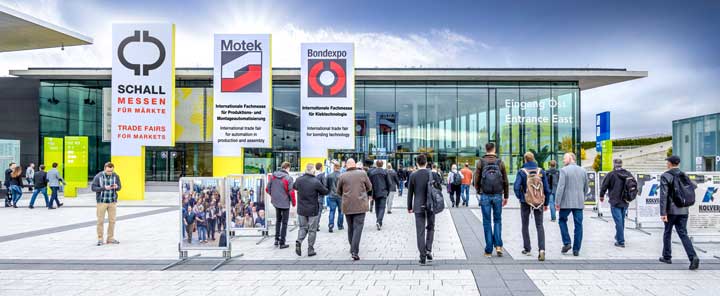Sustainability 05. September 2023
Sustainable Supply Chain and Design with 3D printing
1 / 4

Hydraulic block redesign
2 / 4

Hydraulic block 3D printed
3 / 4

Sustainability of 3D printing across the product lifecycle
4 / 4

By loading the video you accept YouTube's privacy policy.
Learn more
When it comes to sustainability, 3D printing can be a powerful tool. Particularly for small series production, it can offer significant environmental benefits compared to traditional manufacturing methods like injection molding, as no molds have to be created and no excess inventory due to high minimum order quantities has to be stored. Additionally, it's a more resource-efficient alternative to subtractive manufacturing processes, as only the amount of material needed is used for production.
With Replique, where parts can be stored digitally rather than physically, you can moreover avoid obsolescence and eliminate the need for scrapping any components. Furthermore, decentralizing production through a 3D printing network reduces carbon emissions associated with transportation.
One other key advantage of 3D printing is its ability to optimize designs through topology optimization. This approach not only reduces material usage but also lowers fuel consumption during the product's usage phase, contributing to a greener manufacturing process.
See a hydraulic block as an example, which the engineers of Replique have optimized in regards to its topology. This lead to an improved flow while reducing its mass by 83%.
Beyond its obvious environmental advantages, 3D printing also promotes a shift in how we approach maintenance. Instead of discarding products when they break, 3D printing allows for the production of a wider range of spare parts, ensuring product longevity and customer satisfaction. It also creates opportunities for new revenue streams.
With Replique, where parts can be stored digitally rather than physically, you can moreover avoid obsolescence and eliminate the need for scrapping any components. Furthermore, decentralizing production through a 3D printing network reduces carbon emissions associated with transportation.
One other key advantage of 3D printing is its ability to optimize designs through topology optimization. This approach not only reduces material usage but also lowers fuel consumption during the product's usage phase, contributing to a greener manufacturing process.
See a hydraulic block as an example, which the engineers of Replique have optimized in regards to its topology. This lead to an improved flow while reducing its mass by 83%.
Beyond its obvious environmental advantages, 3D printing also promotes a shift in how we approach maintenance. Instead of discarding products when they break, 3D printing allows for the production of a wider range of spare parts, ensuring product longevity and customer satisfaction. It also creates opportunities for new revenue streams.

